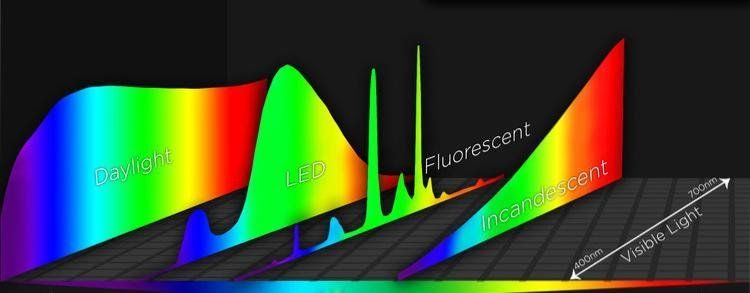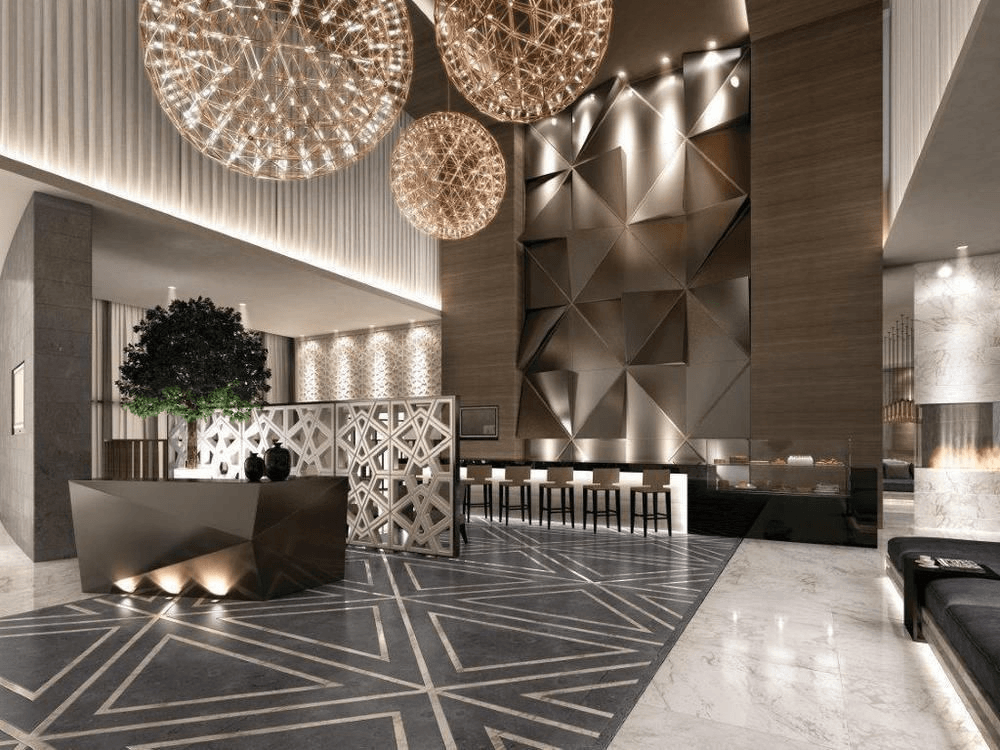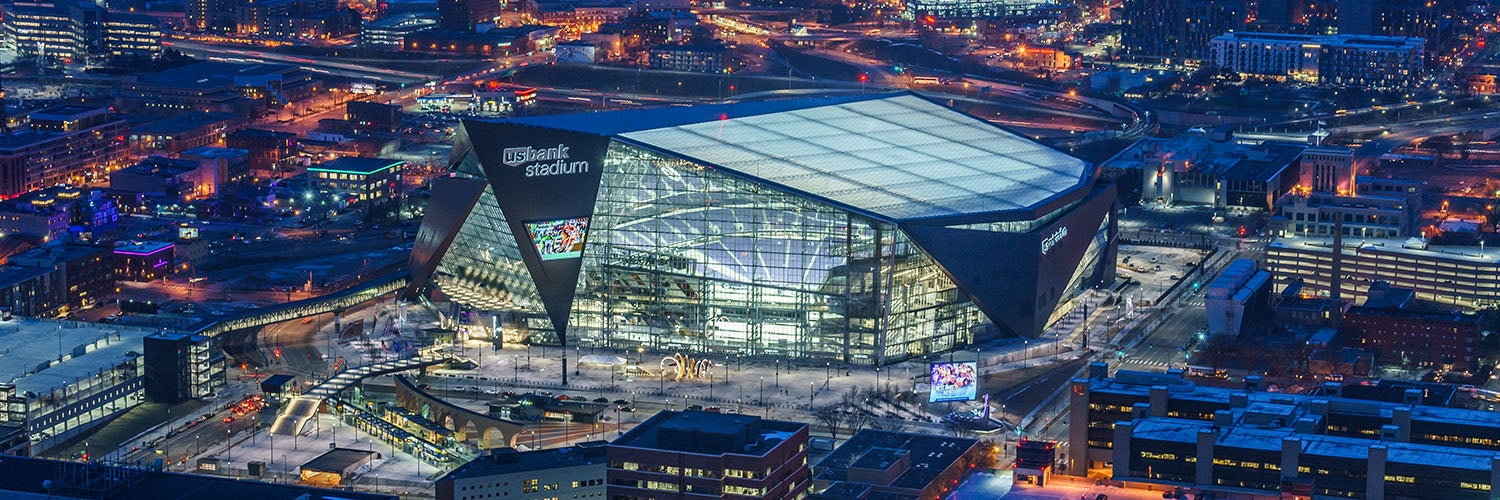LED Spotlight: Common Mistakes in Retail Lighting
There are many things to consider when designing a retail store and setting up the space in a way that will allow customers to feel comfortable and show your products in their best light. And while that pun may very well have been intended, there’s a good reason for that turn of phrase. Light is an important, and often under-considered, element in the retail experience. Making mistakes with your lighting could cost a lot of missed sales. The good news is that while it may be easy to make these mistakes, it’s also easy to avoid them with a little forethought and planning.
Lighting your store is about much more than just illuminating a space so people can see where they’re going. It’s about highlighting your products, setting the right mood, creating an atmosphere that jibes with your brand. Your store’s lighting says a lot about your brand’s identity. A store like Eddie Bauer with all its wood accents and outdoor-focused clothing will do better to evoke the warm glow of a cabin in the woods. The warm tones of 2700K or 3000K light bring to mind that homey feeling of sitting by a fire or enjoying a drink on the porch. A few bright white spotlights to accent certain areas or call attention to specific products, may be appropriate, but filling their store with 5000K daylight lighting would clash completely with the aesthetic they’ve established. It wouldn’t be very on-brand.
Similarly a store like Target would have exactly the opposite considerations. Warm, inviting light would work perhaps in dressing rooms where warmer, more yellow tones in a smaller space are more flattering when trying on clothing, but out in the larger open store, bright white lights best highlight their products and make the space feel light and airy. While Target may be a good example of what color temperature light to use, they suffer from another problem, which is the use of far too much flat lighting. They use the same lighting throughout the store rarely if ever using accent lighting to call attention to specific items or merchandise, preferring instead to let the fixtures pull all that weight.
All that being said, let’s look at a few things to consider when lighting your space.
Consider the basics
Color temperature
We’ve covered a bit of color temperature already. Warm, inviting lights vs. cooler, whiter lights. What it comes down to is the mood you want to set for your brand.
Efficiency
Retail is all about margins and a lot of money can go into overhead costs. Lighting doesn’t have to be one of them. Fill your space with 100W incandescent fixtures and your energy costs will be through the roof. But with a retrofit upgrade with HardWire Lighting using the highest quality DLC rated energy-efficient LED lighting, and you’ll get the perfect color temperature, excellent luminosity, a 5-year warranty, and lights that are inexpensive to operate.
CRI
We’ve covered CRI and why it’s important in a previous post. Suffice it to say that lighting with poor CRI will make your goods look dull, cheap, and unappealing. CRI indicates how accurately a light source reveals the true colors of objects, people, clothing, etc. when compared to how colors are shown in incandescent light or daylight. The closer a light’s CRI is to 100 (the CRI of incandescent light or daylight), the better the color rendition of whatever is under that light. Lights with high CRI ratings will bring out the best your wares have to offer in terms of color, texture, and overall appeal.
Highlights and spotlights
Not taking advantage of opportunities to highlight new arrivals, or to draw people toward specific high-value items is a frequent miss when setting up a new retail store. It’s tempting to just flood the space with light and call it a day. And while that may work for Costco and Target, it certainly doesn’t work for everyone. Consider different and eye-catching arrangements to draw people’s attention where you most want it and help move those high-margin items in the process.
Planning ahead
Adding moveable track, gimbal, and eyeball lights are a great way to allow for a changing floor plan or change in merchandise. As you being to feel out a new retail space, you may find that the racks you thought were going to go at the entrance initially actually do better toward the back and the tables you had hidden along the wall should be pulled out more to allow for traffic around them. All kinds of little (and big) shifts can occur in a retail setting. Ensuring your lights can adapt to the changing aesthetic is one way to ensure your lighting exceeds your customers’ expectations.
Pay attention to special areas
Similar to highlights and spotlights, it’s important to keep in mind what the customer is looking for. Is your checkout area easy to find? Consider using different light or more light to make it stand out. If the checkout area is well lit, not only will the customer easily find it, but your cashiers will have an easier time working where they can see everything. Fitting rooms benefit from warm color temperatures and high-CRI lights are crucial here as they will most accurately reflect a garment’s color.
Overdoing it
Be careful about not overdoing it. Just flooding the space with the brightest lights possible is tempting but will ultimately fatigue your customers and your staff. Glare and reflections are big considerations too.Lights should be aimed at or placed above what you’re trying to sell and where you’re trying to direct customers. Take into consideration the location of any glass or reflective surfaces. If possible and if necessary, lights should also have diffusing covers or lenses. You definitely don’t want to aim your lights right in customers’ eyes or faces.
Lighting codes
Failure to consider lighting codes upfront can cost a lot of money down the road with failed inspections, delays, add-ons, additional installation costs, and other similar headaches. Lighting codes simply cannot be an afterthought, but carefully considered throughout the design phase of a project and closely managed during buildout.
Maintain existing lighting fixtures
In a previous article, we discussed how long LEDs really last. It is good to keep in mind catastrophic failure vs. practical failure. If you’re using LEDs, keeping an eye on th estimated lifespan of the lamps is crucial. It will be hard to notice when a light has lost the majority of its practical luminosity. LED “failure” isn’t the same as the catastrophic failure we’re used to seeing with incandescents. They don’t (usually) burn out from one moment to the next. They gradually lose brightness over time. As LEDs come to the end of their natural lives, it’s best to switch them out before they become too dim and start costing sales.





